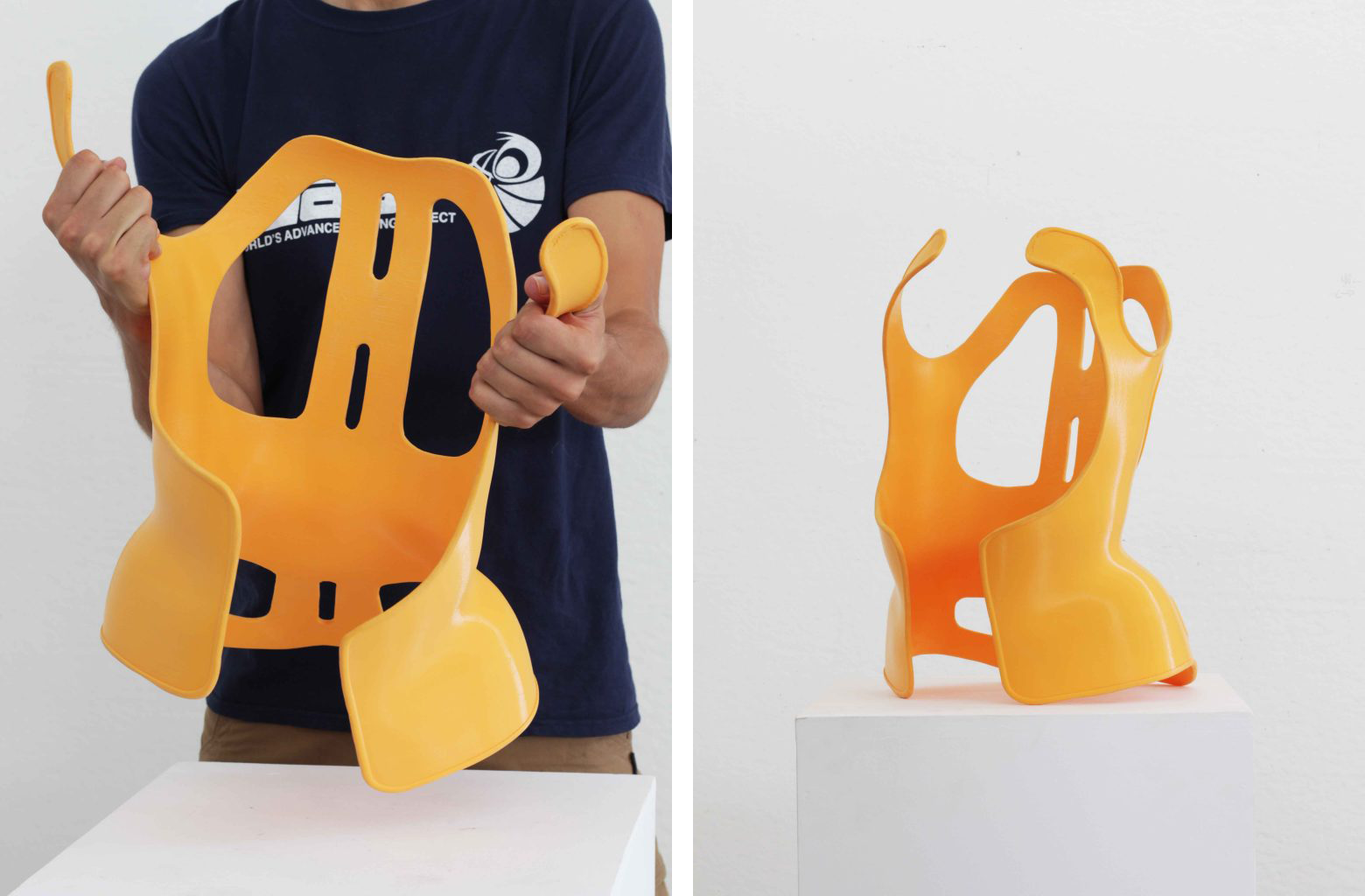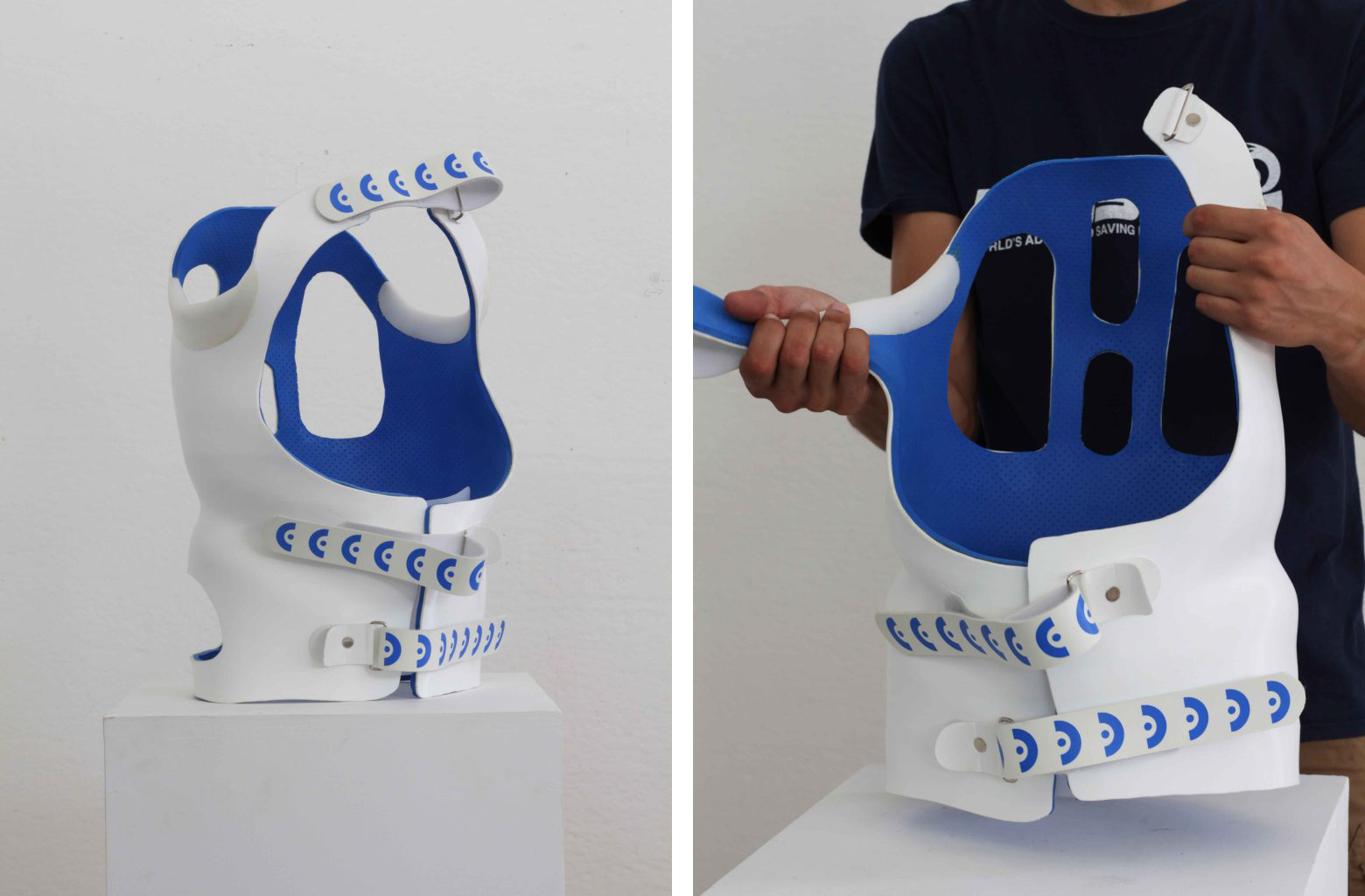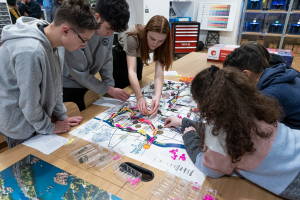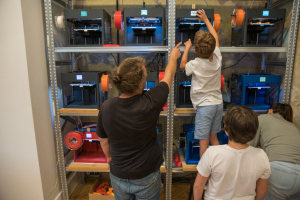WASP 3D Printed Orthopaedics
The 3D printed orthopaedic bust in polypropylene
Those who make orthopaedic busts know how important the material is. Its consistency, which characterises its thrusts, its resistance which prevents it from breaking and obviously its workability.
In recent years, the search for the suitable material has not been simple: any solution, compared to the traditionally used polypropylene, was either too ridiculous or too flexible but above all fragile. A fragility that cannot be afforded when making an orthosis that must have a duration according to the legislation of even 2 years.
A long 6-handed work involving Dr. Leoncini, Wasp and TreeD filaments led to a radical change: polypropylene.
Those who have been passionate about 3D printing since the beginning know well that this material has long been considered "impossible to print" because of its particular behaviour and its difficult adhesion to the print bed.
Over the years, version of polypropylene has been developed by various manufacturers with compositions that made it more easily printable, with rather poor mechanical performance compared to the true injection-moulded equivalent.
The real result was that we often tried to replace it with more suitable and familiar materials in the world of 3D printing (ABS, nylon, PLA) by being satisfied with the solutions offered.

New busts for cases previously unattainable
Another front of great research in busts was the possibility of designing 360 ° beyond traditional limits. Thanks to 3D manufacturing, it was also possible to give tailored solutions to more serious patients who needed busts with a very complex shape, or with the need for head and torso support.
The 4-column scanning system has proven to be the best way to acquire the shapes of children, those who have difficulty breathing, those who have difficulty walking.
The possibilities of application of this technology seem to be expanding more and more.
Meanwhile, tools and knowledge are evolving with great strides. Print times are optimised every year and the quality of the pieces is continuously increasing.

Today many realities related to orthopaedics are approaching the world of digital manufacturing, a world that attracts and that still has a lot of space in research and innovation.
The hope is that in the coming years we will see the fruits of the long work that is creating the culture of new technologies in the world of orthopaedics. Certainly, a complex area but also very suitable for this new approach.

